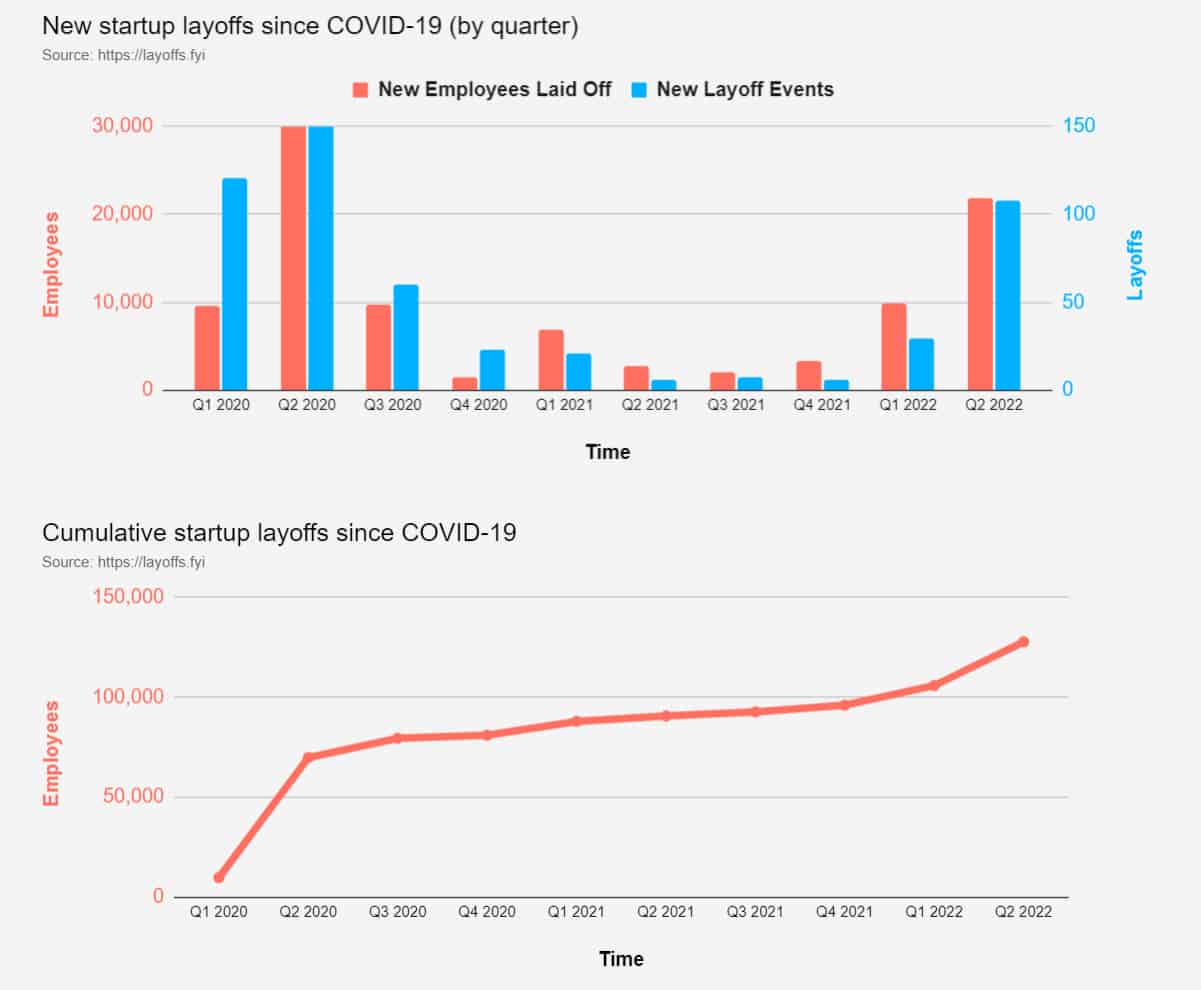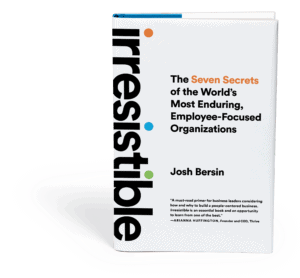Be Careful With The Layoffs
It has been a decade since I’ve written about this, but the time is coming. Companies are starting to lay people off again. Not only Tesla, but hundreds of tech companies are announcing force reductions, so get ready for more. (You can now go to Layoffs.fyi and actually monitor this in real-time.)
 |
In many cases, companies have “overhired” from the boom, so there are just too many people running around. One tech startup I advise has less than $10 Million in revenue and 175 employees. That equation is not going to balance for long.
So let me give you some advice, based on many years of research and consulting on this topic.
1. Every time you have a force reduction you damage your internal culture.
There’s no way around it. People who leave are upset and the survivors feel the shock. Many companies (Southwest, Intel, others) prefer to give people salary reductions or temporary furloughs to prevent this problem. But it is very likely to happen.
As I discuss in this week’s podcast, the defense contractor industry learned this lesson. I met with the CHRO of one of the largest defense contractors many years ago and she told me that every time they have a layoff they find ex-staff in the job market saying “not only will I never refer or recommend that company but I will never ever work for them again.”
The message is this: every employee you terminate is likely a customer, a reference, and a possible rehire. Treat them with respect, give them the best exit package you can, and try to reinforce that this was only a business decision.
2. Spend time making sure the process is fair and well communicated.
These stories of CEOs (Better.com) laying people off on zoom just make me wince. These are human beings who spent their lives helping your organization grow. They deserve a fair, respectful, and transparent process. There are lots of books and tools about how to do this, but let me give you an example.
One of the big for-profit education companies had a massive layoff a few years ago. The CHRO told me she spent weeks working on the packages and the communications, and as it was rolled out they opened up a feedback site where affected employees could speak openly (that takes nerve). They used a crowdsourcing tool that let people “vote up and down” on other employees’ issues.
In the first 24 hours of the process they found an enormous gap in the exit package, so they fixed it almost immediately. Within 48 hours they added better benefits (based on some specific issues) just based on feedback. You can bet that helped their brand, and in the city they do business they are one of the biggest employers in town.
3. Communicate with management clearly.
I have been through many layoffs in my career and it’s never easy. In one case the company “leaked out” information by accident and employees knew it was coming. You can imagine what happened that week while everyone was waiting for the Friday letters to come. People literally ran out of the building to avoid meeting up with an HR person, it was like a fire in the office.
In the case of my own situation, I was laid off by the CEO himself, and even as professional as it was, I was so flabbergasted I couldn’t drive home. I was literally unable to function and my wife had to come pick me up. This means you have to prepare managers for lots of emotion, lots of anger, and a certain amount of bad behavior.
4. Treat every person with respect.
Treat everyone with respect, this is a tricky process. Along the lines of being Irresistible by Design, remember that every individual in your organization (even if they are a poor performer by someone’s judgment) is a human being with feelings, desires, and ego. They have to go home and tell their family and friends they lost their job, and it’s never easy for anyone. As you build your process and communications, be as generous as you can. It’s good karma and good business as well.
5. Don’t do it at all.
Finally, let me add this. If you’ve been running your company carefully, you’ve been “hiring slowly” and carefully staffing up during the last growth cycle. This means you probably have lots of open positions all the time. Maybe you don’t need a layoff at all. And remember, it’s quick to let people go but slow and difficult to get them to come back.
I encourage you to read Wayne Casio’s research on this topic. Over the years Wayne has studied the impact of layoffs and in almost every case it has a “death spiral” effect. His team did a study of companies who announced layoffs and believe it or not, studies covering 15,000 layoff announcements in more than a dozen countries over 31 years concluded that layoff announcements have an overall negative effect on stock-market prices. This remains true whatever the country, period of time, or type of firm considered. So don’t consider a layoff a “good thing.”
Could you ask people to take a 6-month pay reduction? Could you reorganize low-performing groups and move them to high-growth areas? Could you encourage people to take leave and vacation to burn off excess expenses? Could you simply bite the bullet and tell people the numbers are getting worse and ask them what to do?
 My experience (and our research bears this out) is that the CEO and CFO rarely know precisely what to do when business slows down. They have lots of meetings, ideas, and consultants to help – but why not just ask the employees? This may be your chance to bring people together, set up a series of internal working groups, and figure out how to reinvent the place from within.
My experience (and our research bears this out) is that the CEO and CFO rarely know precisely what to do when business slows down. They have lots of meetings, ideas, and consultants to help – but why not just ask the employees? This may be your chance to bring people together, set up a series of internal working groups, and figure out how to reinvent the place from within.
We helped a large electronics manufacturer do this a few years ago and as the employees got together many of them agreed that the culture had become too entitled and slow. They volunteered to reorganize and move into higher-growth areas. They offered to train each other. And they agreed that pay was too high and they wanted to make a sacrifice for the business.
There are lots of things to consider here. If you take the economic slowdown seriously you can make your company even stronger. And that’s what being Irresistible is all about.
Additional Resources
How Do You Build an Irresistible Company? Here’s how Starbucks, Walmart, Microsoft, Lego Group, L’Oreal, Chevron, and Cedars Sinai thrive.
How Work Design And Job Design Are Holding Companies Back
Unleashing Human Potential: The Real Secret To Business Success


